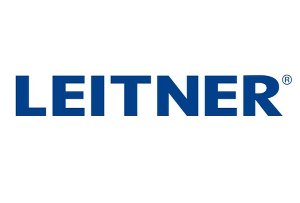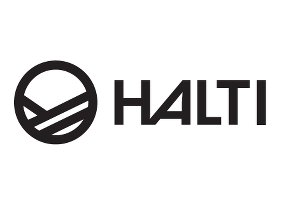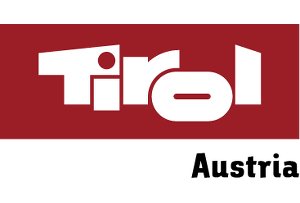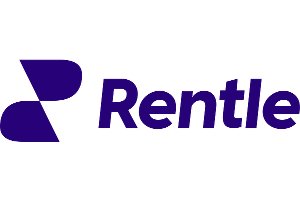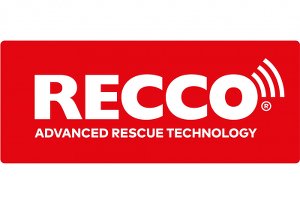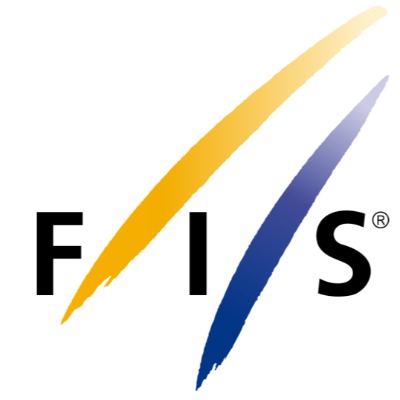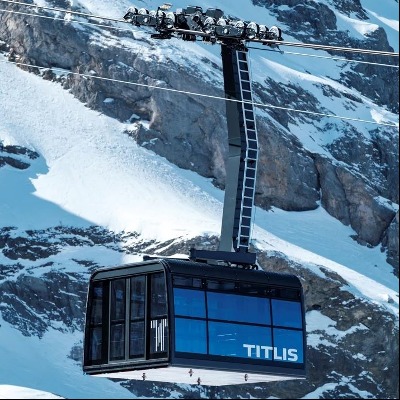AirFlare Search Tools Use Increases 27% At Ski Areas In 2024-25 Season

Ski areas across North America increased their use of the AirFlare search tools by 27% during the 2024-25 winter season, initiating nearly 2,500 searches to assist guests in need, company officials said.
AirFlare is a comprehensive search and location platform designed for the unique demands of ski resort operations. By leveraging advanced technology, AirFlare helps ski resorts enhance guest safety, improve operational efficiency, and reduce the risks and costs associated with search and rescue operations.
The Web and Field Console search tools developed by AirFlare enable ski area staff and search teams to request and receive the precise location of a guest who responds to a texted link. One ski area used the platform to initiate more than 370 searches this season alone. On average, ski areas using the platform initiated 87 searches, up from 57 the previous season.
AirFlare officials attributed the increase to a growing trend of ski areas integrating the platform into routine, day-to-day operations — not just emergency search and rescue. The tool has become a resource for quickly and accurately locating guests in a wide range of on-mountain situations.
“More and more ski areas are recognizing AirFlare as an essential tool — not just for backcountry or lost skier searches, but as part of their everyday guest services toolkit,” AirFlare co-founder Denis Lee said. “The ability to send a location link and get an accurate position from a guest in seconds has changed how resort teams operate. It’s fast, easy, and it makes a real difference.”
Purgatory Ski Patrol Director Blayne Woods concurred.
“When we actually have an AirFlare location for them, we no longer need to send three people to go look for one person,” Woods said. “Now we can more accurately find where they are and narrow it down. So it's decreased response times for sure.”
AirFlare founder and inventor Eliot Gillum said the tool can dramatically streamline critical aspects of ski resort operations.
"What’s exciting isn’t just the number of searches — it’s the impact behind each one," Gillum said. "Every time a resort uses AirFlare to assist a guest, we reduce response time. In many cases, patrol teams can pinpoint a guest’s location and remotely guide them to safety without ever having to deploy personnel — saving time, conserving resources, and improving outcomes. As outlined in the white paper on our website, AirFlare is more than a messaging tool. It’s a force multiplier for patrol teams, streamlining communication and dramatically improving operational efficiency across the mountain."
This season also marked the addition of four new ski areas using AirFlare, bringing the total number of participating resorts to more than 30.

